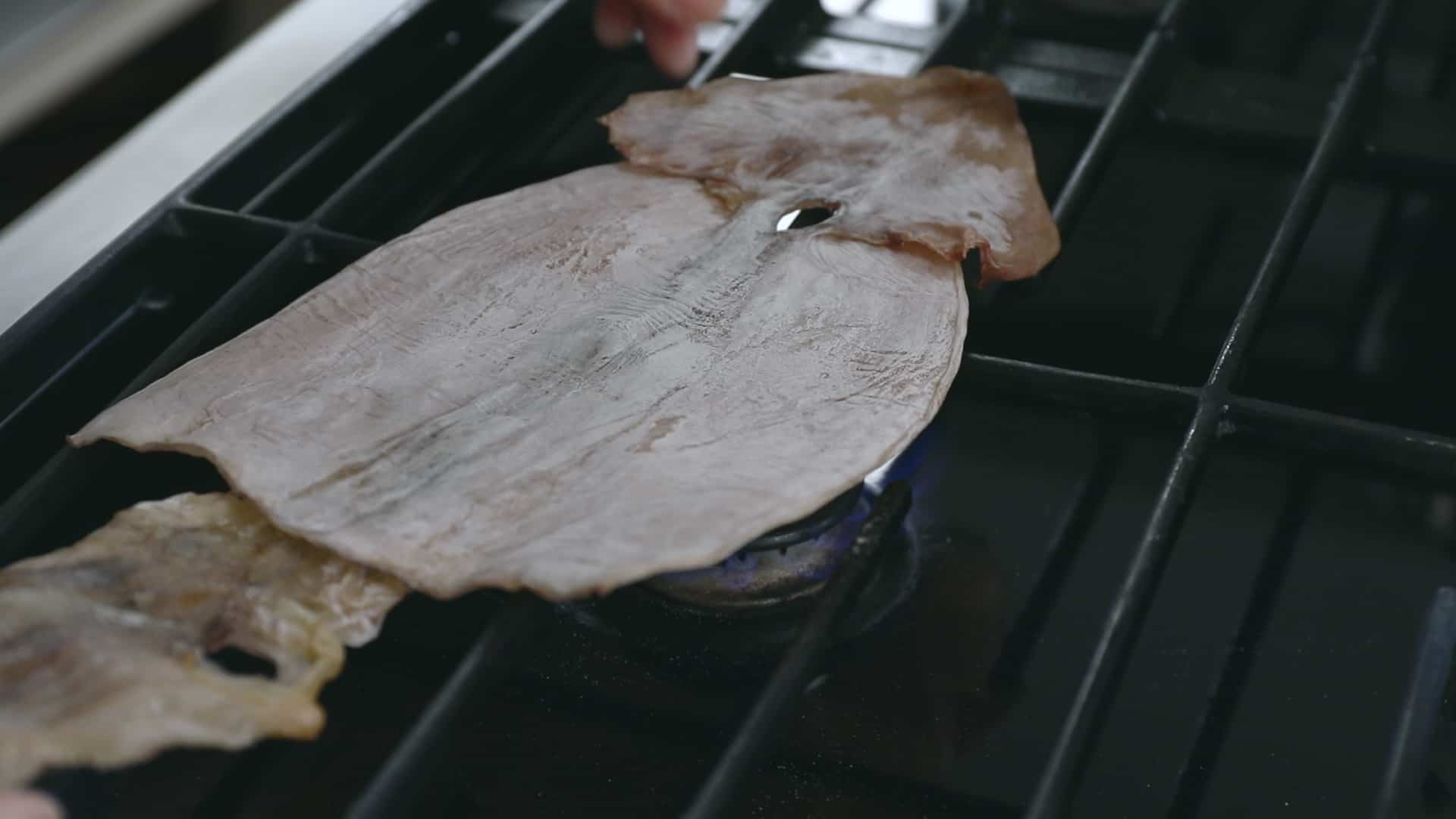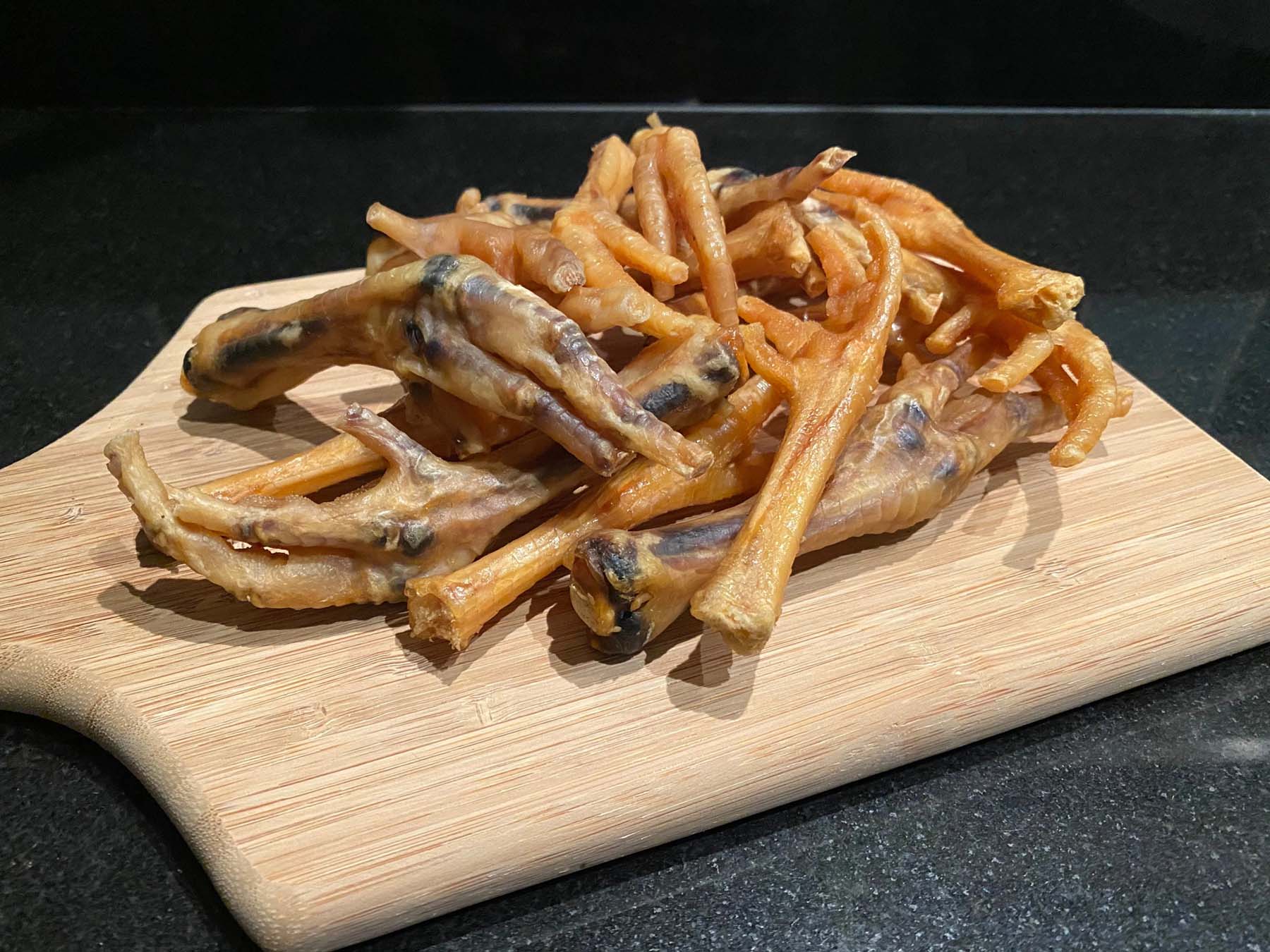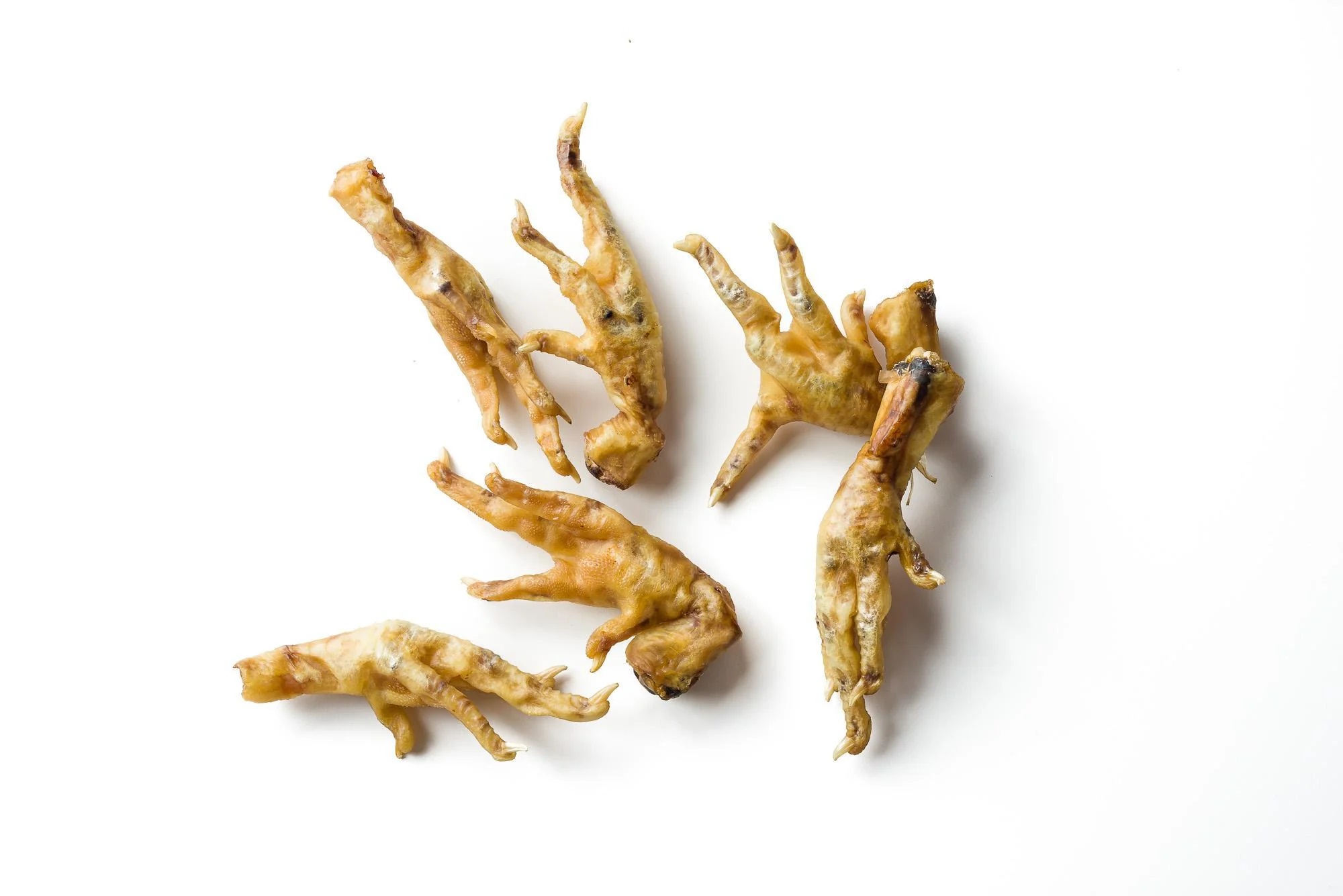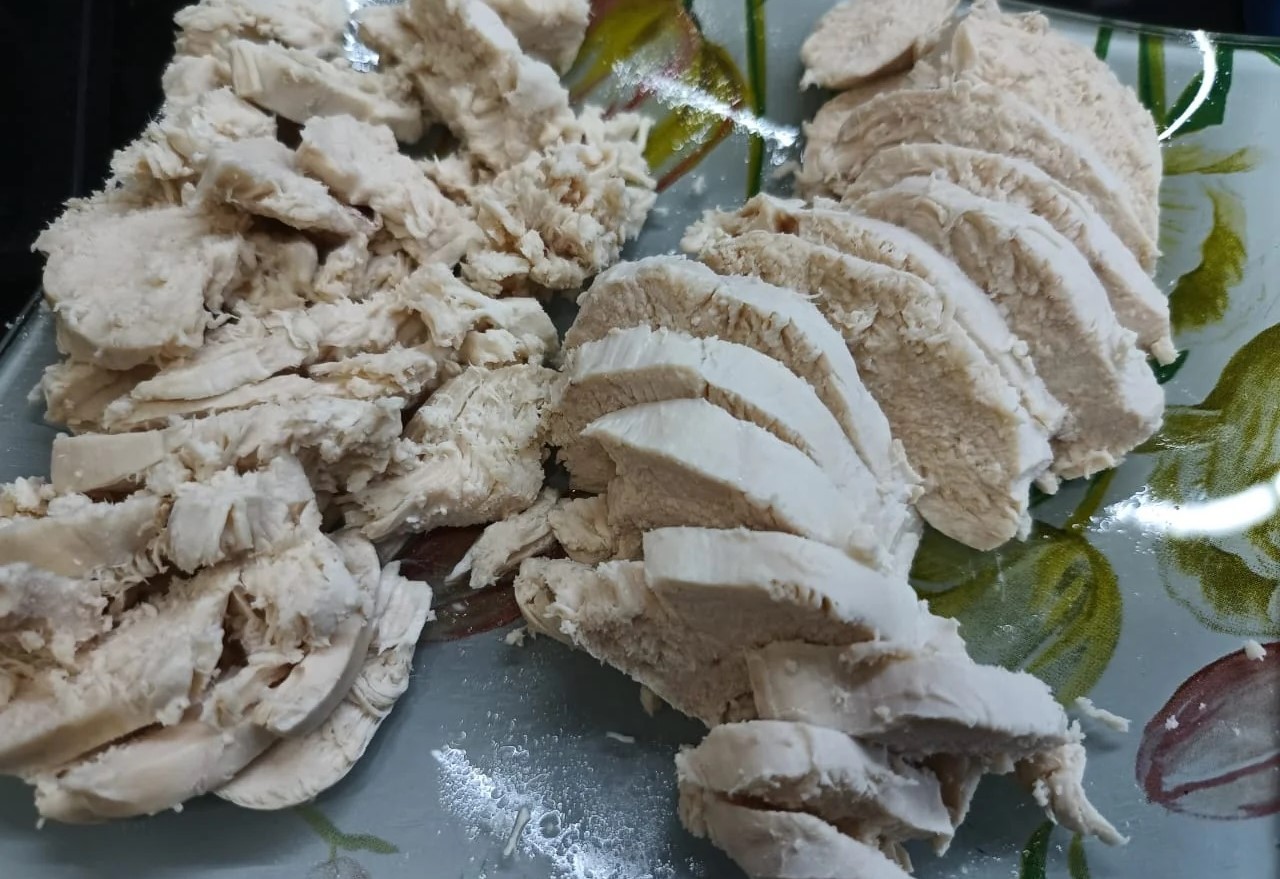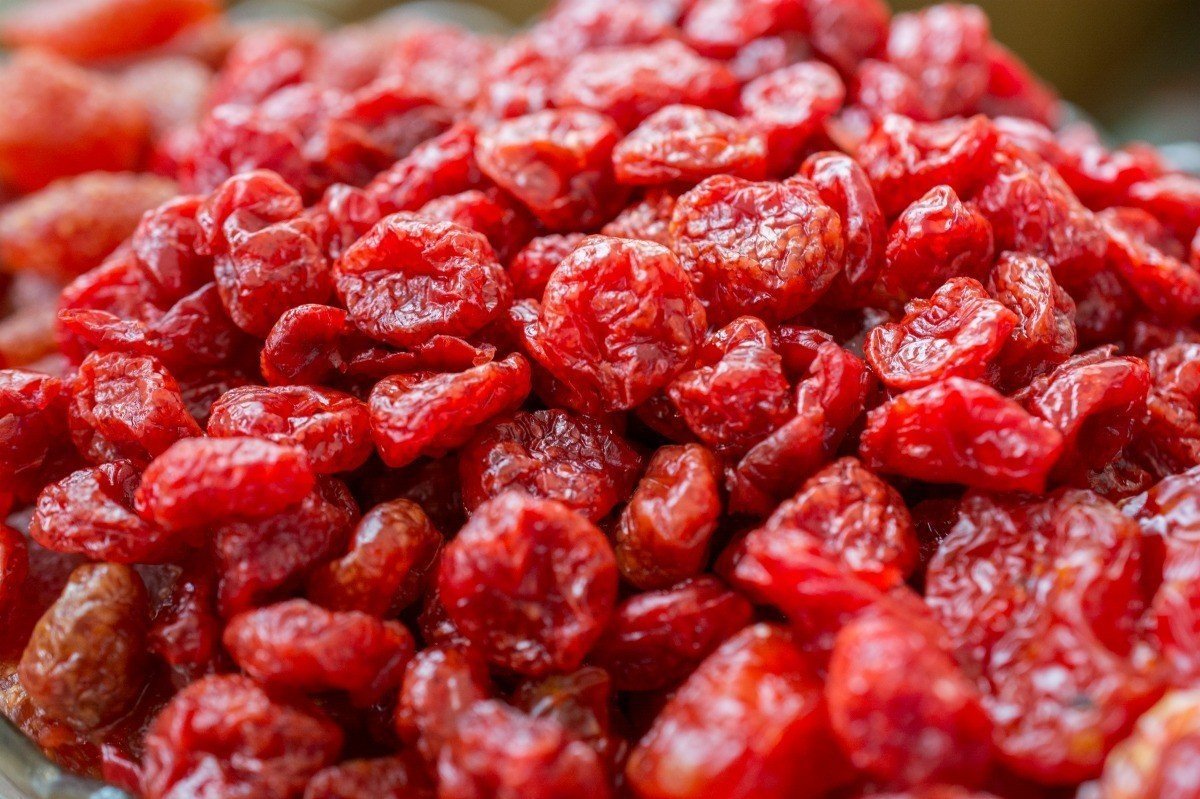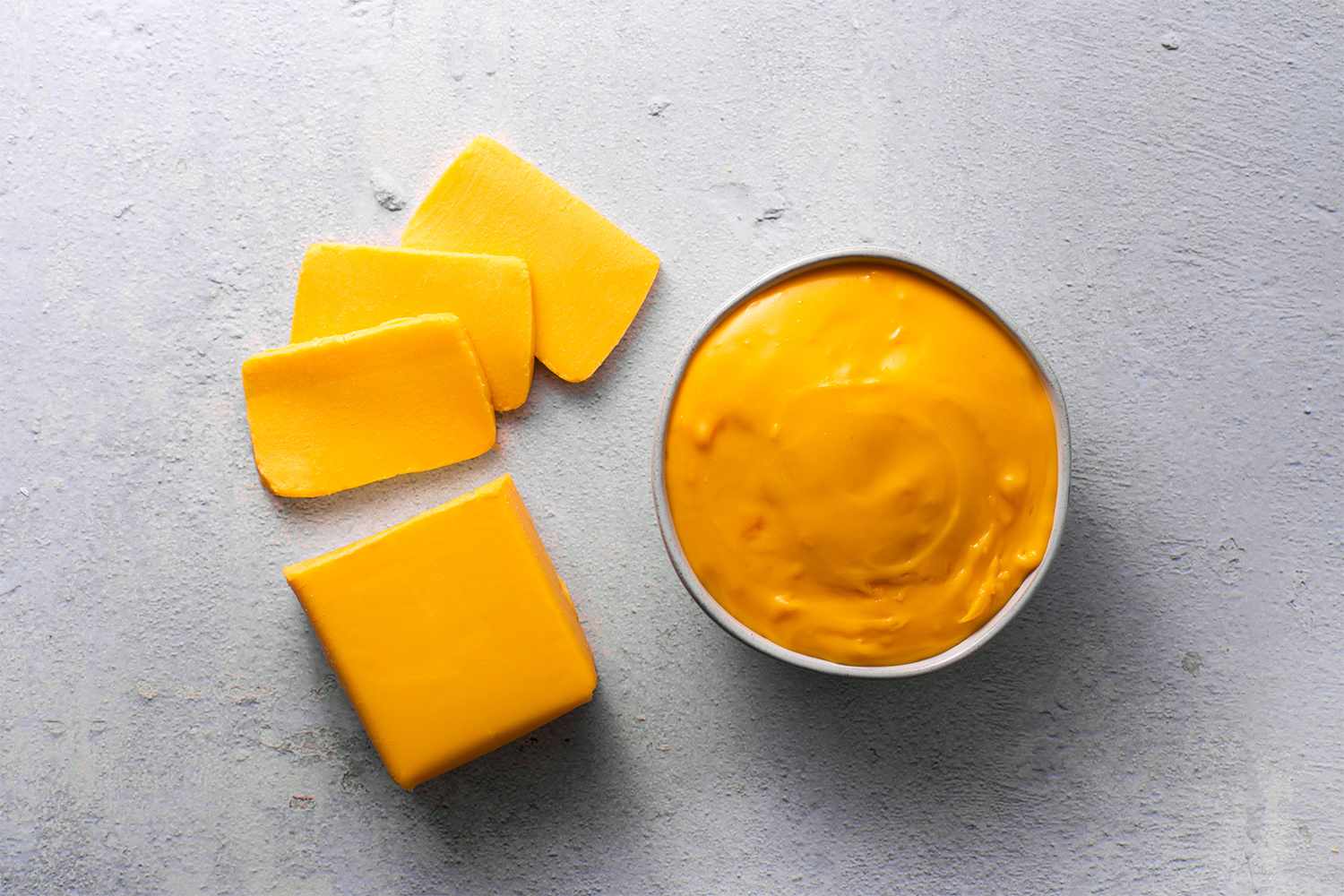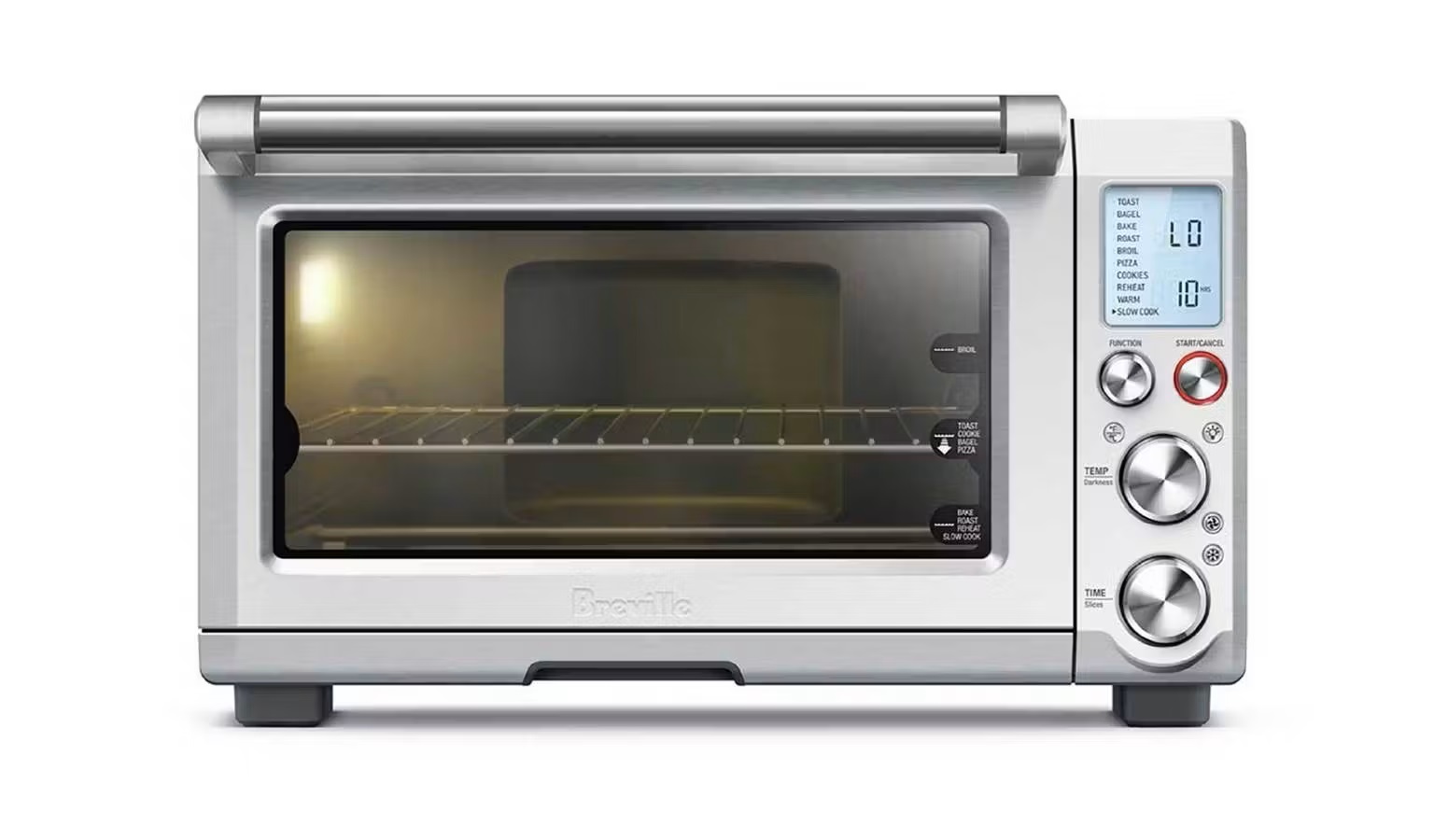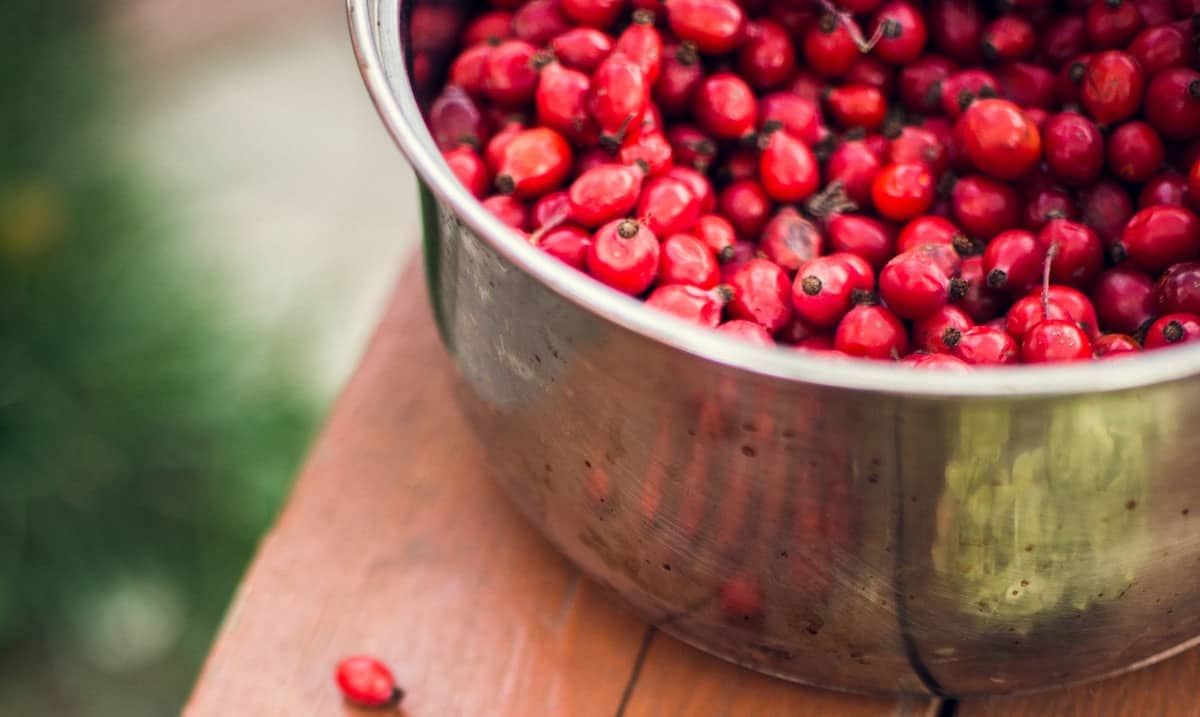Dehydrating Kelp Blades: A Nutritious and Versatile Ingredient
Dehydrating kelp blades is a simple and effective way to preserve this nutrient-rich sea vegetable for long-term use. Kelp, a type of brown seaweed, is packed with essential vitamins and minerals, making it a valuable addition to any diet. Whether you want to incorporate kelp into your cooking or create your own homemade seaweed snacks, dehydrating kelp blades is a straightforward process that allows you to enjoy the benefits of this superfood year-round.
Why Dehydrate Kelp Blades?
Dehydrating kelp blades offers several benefits, including:
- Extended Shelf Life: Dehydrating kelp blades removes moisture, which helps prevent spoilage and extends the shelf life of the seaweed.
- Nutrient Preservation: By dehydrating kelp, you can retain its valuable nutrients, including iodine, iron, and vitamins A and K.
- Convenience: Dehydrated kelp is lightweight and easy to store, making it a convenient ingredient for various culinary applications.
Steps to Dehydrate Kelp Blades
Follow these simple steps to dehydrate kelp blades at home:
- Harvest Fresh Kelp: If you have access to fresh kelp, carefully harvest the blades from clean, unpolluted waters. Ensure that you are following local regulations and guidelines for sustainable foraging.
- Clean the Kelp: Rinse the kelp blades thoroughly to remove any debris or sand. Use a gentle touch to preserve the integrity of the seaweed.
- Prepare the Dehydrator: If you have a food dehydrator, set it to a low temperature, ideally around 110°F to 115°F (43°C to 46°C). If you don’t have a dehydrator, you can use an oven set to its lowest temperature with the door slightly ajar to allow moisture to escape.
- Arrange the Kelp: Lay the clean kelp blades in a single layer on the dehydrator trays or baking sheets. Avoid overcrowding to ensure proper air circulation.
- Monitor the Drying Process: Depending on the humidity and temperature, the kelp blades may take anywhere from 4 to 8 hours to fully dehydrate. Check the progress periodically and rotate the trays if necessary for even drying.
- Store the Dehydrated Kelp: Once the kelp blades are crispy and brittle, allow them to cool completely before transferring them to airtight containers for storage. Store the dehydrated kelp in a cool, dark place away from moisture and sunlight.
Ways to Use Dehydrated Kelp
Once you have successfully dehydrated kelp blades, you can explore various ways to incorporate this versatile ingredient into your culinary creations:
- Homemade Seasoning: Grind the dehydrated kelp into a fine powder and use it as a flavorful seasoning for soups, salads, and stir-fries.
- Seaweed Snacks: Break the dehydrated kelp into smaller pieces and season them with your favorite spices for a nutritious and crunchy snack.
- Broths and Stocks: Add dehydrated kelp to homemade broths and stocks to infuse them with umami-rich flavor and essential nutrients.
- Baking and Cooking: Incorporate dehydrated kelp into bread, muffin, or cracker recipes for added nutritional value and a hint of oceanic flavor.
Conclusion
Dehydrating kelp blades is a simple and rewarding process that allows you to harness the nutritional benefits of this nutrient-dense sea vegetable. By following the steps outlined above, you can create your own supply of dehydrated kelp to enhance a wide range of dishes and snacks. Experiment with different culinary applications to discover the unique flavors and health benefits that dehydrated kelp has to offer.
Was this page helpful?
Read Next: How To Dehydrate Cooked Rice In An Oven
